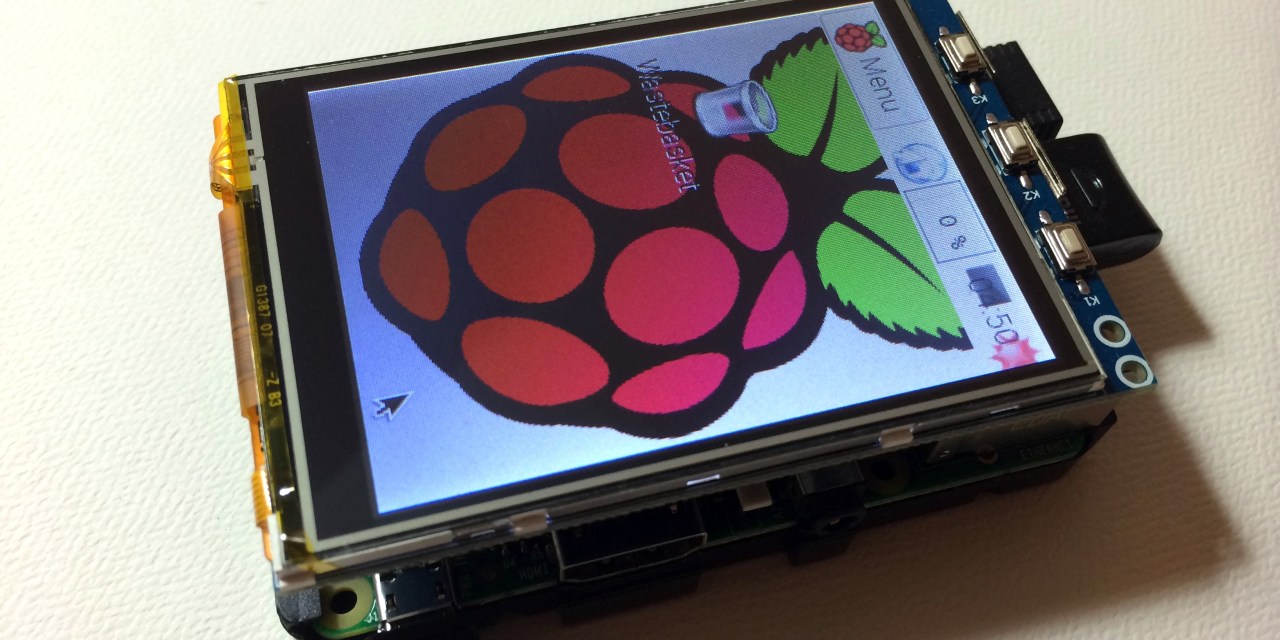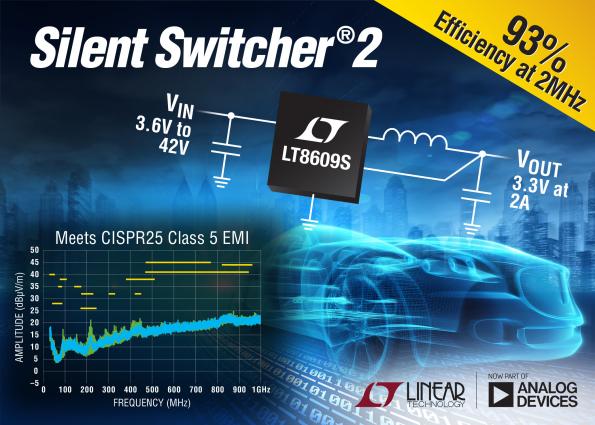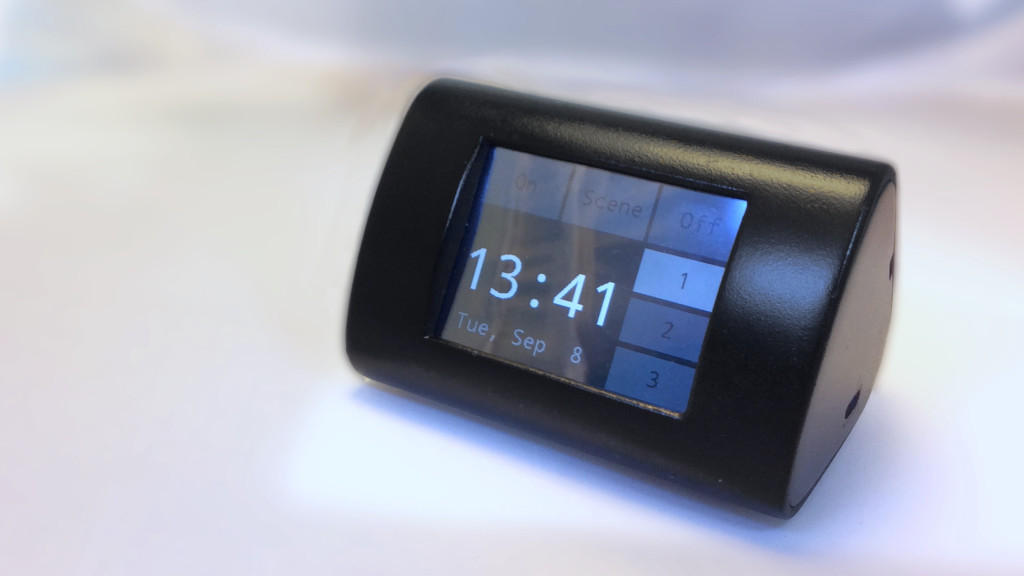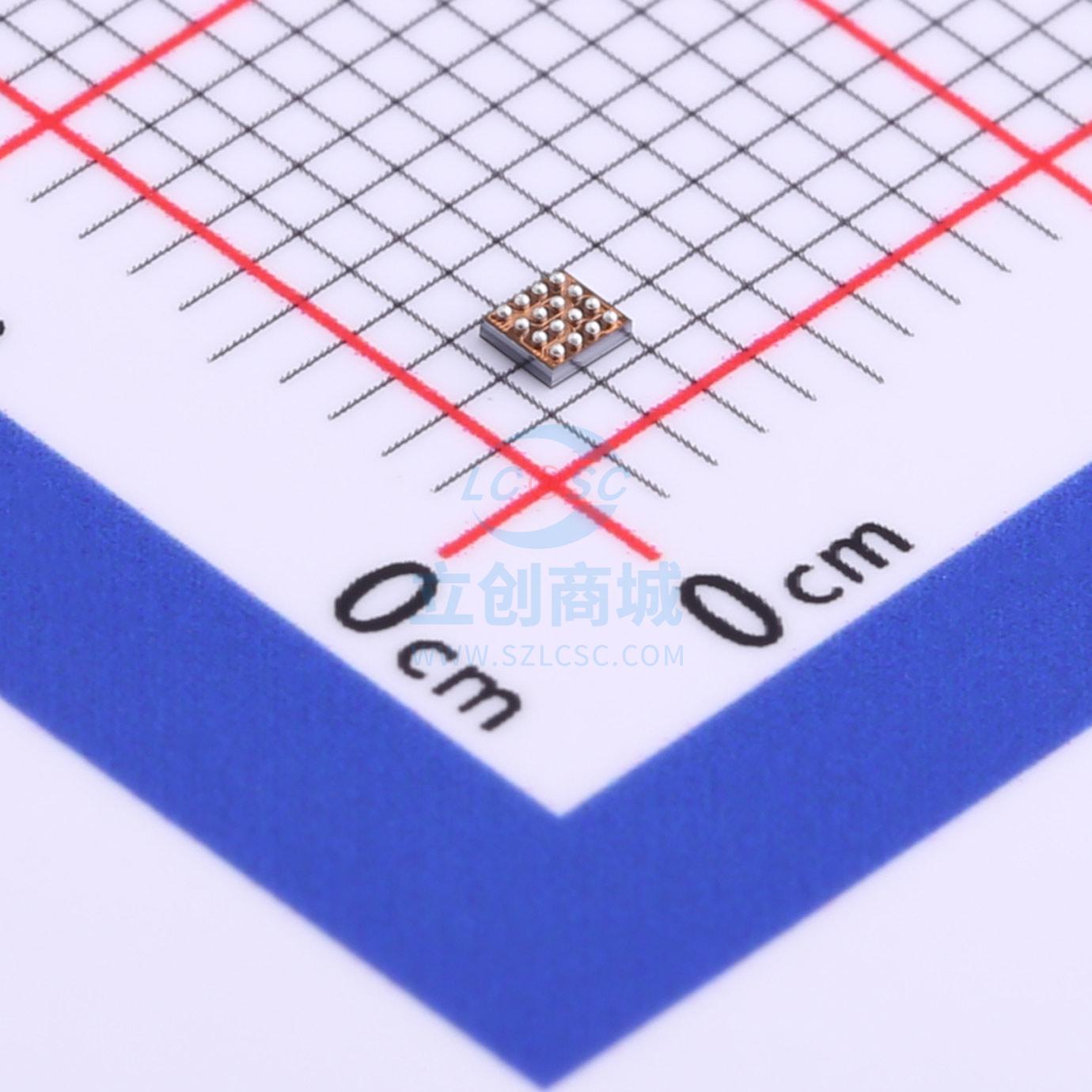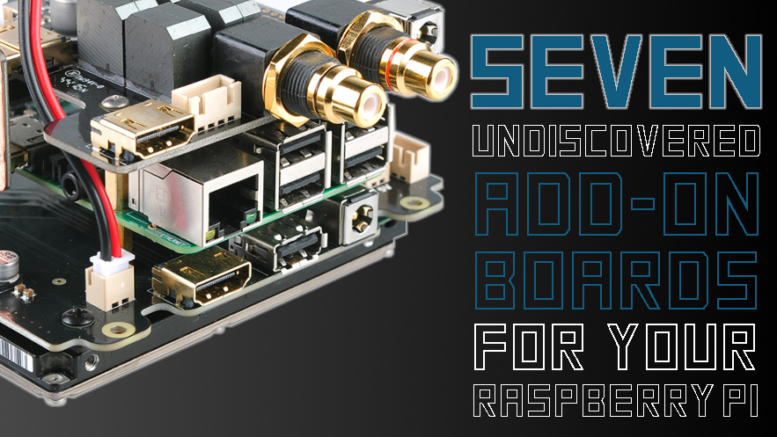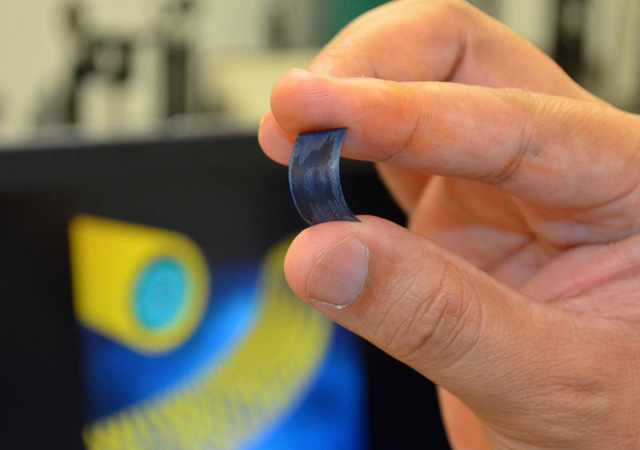
Researchers at the University of Central Florida have been looking for alternatives for lithium rechargeable batteries which are largely used in every device.
Using two-dimensional (2D) transition-metal dichalcogenides (TMDs) capacitive materials, they are building a new supercapacitor that overcomes the performance of conventional lithium battery and replaces its efficiently.
Transition metal dichalcogenide monolayers (TMDs) are atomically thin semiconductors of the type MX₂, with M a transition metal atom and X a chalcogen atom. One layer of M atoms is sandwiched between two layers of X atoms.
TMDs are considered as promising capacitive materials for supercapacitor devices since they provide a suitable current conduction path and a robust large surface to increase the structure’s high energy and power density.
Researchers have developed “high-performance core/shell nanowire supercapacitors based on an array of one-dimensional (1D) nanowires seamlessly integrated with conformal 2D TMD layers. The 1D and 2D supercapacitor components possess “one-body” geometry with atomically sharp and structurally robust core/shell interfaces, as they were spontaneously converted from identical metal current collectors via sequential oxidation/sulfurization” according to the research paper.
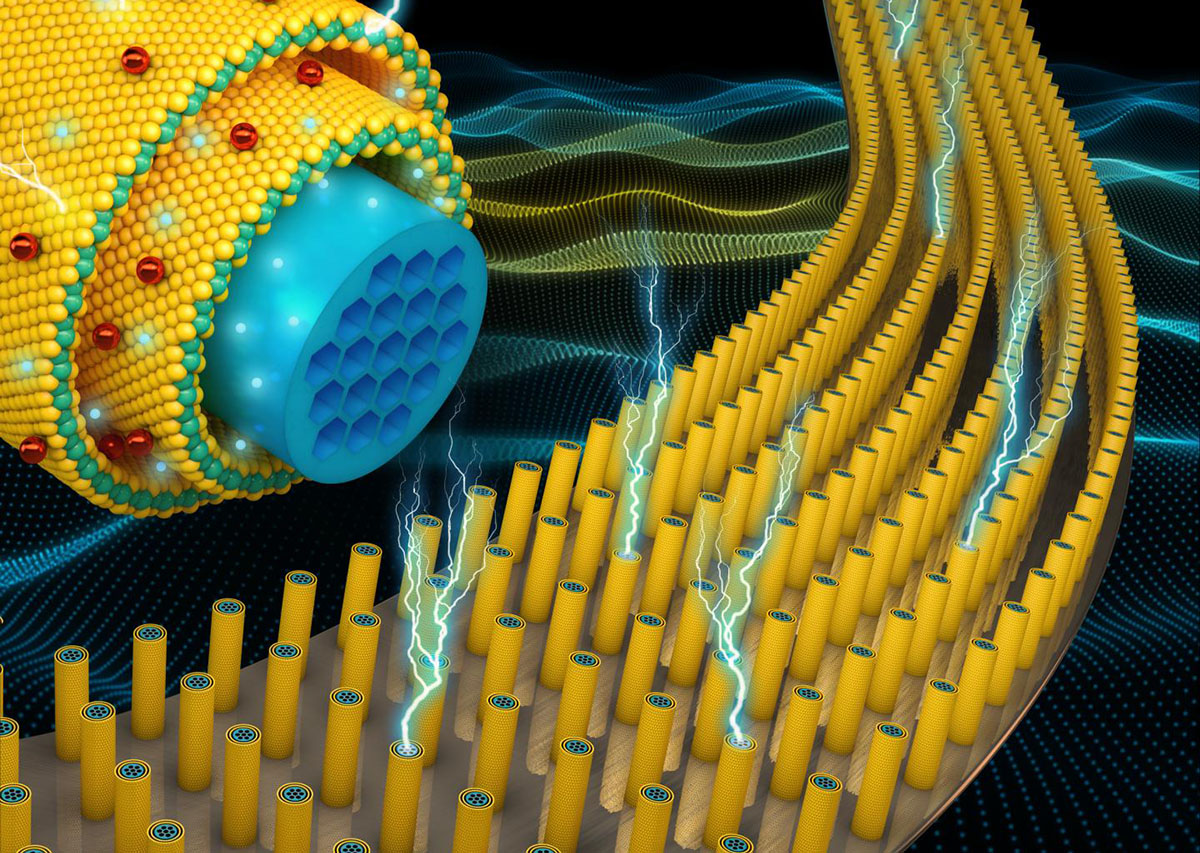
The new prototype is said to be charged 30,000 times without any draining, 20 times the lifetime of an ordinary battery.
“You could charge your mobile phone in a few seconds and you wouldn’t need to charge it again for over a week,” says UCF postdoctoral associate Nitin Choudhary.
This research was published in the NANO science journal, you can check the scientific paper here.





